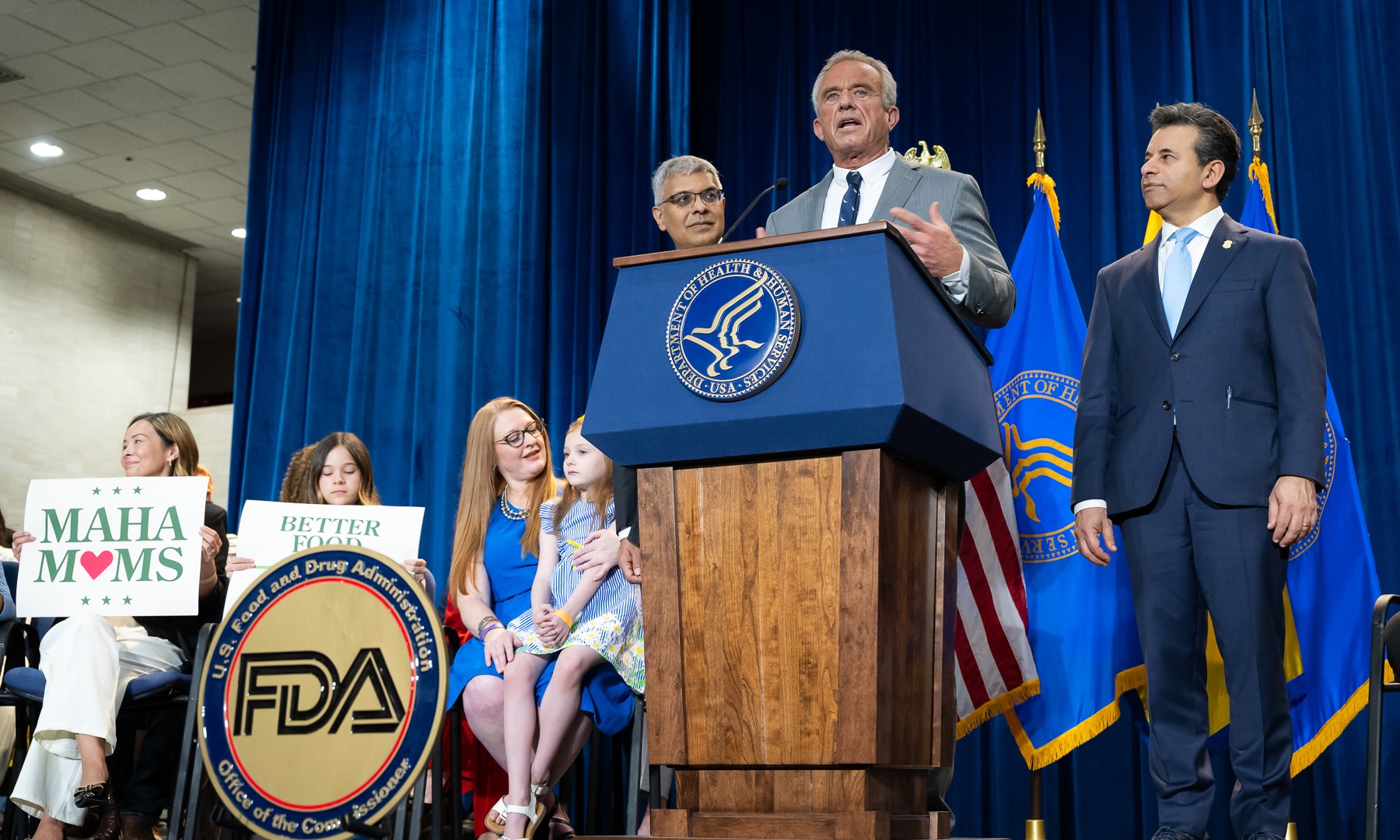A recent study examining the financial breakdown of Medicaid has found that emergency Medicaid spending constitutes a surprisingly small portion of the overall expenditures. While Medicaid is widely recognized as a vital safety net for low-income individuals and families, the portion dedicated to emergency care remains relatively low. The research, which looked at Medicaid’s total expenses over a defined period, highlights the complexity of the program’s financial allocation, pointing to the importance of understanding the broader scope of Medicaid’s funding distribution.
Comprehending Medicaid’s function within the United States healthcare framework
Medicaid, a major public health program in the United States, assists millions of people with low incomes by offering crucial healthcare services. These services include everything from regular medical exams to significant health procedures. The program incurs significant costs due to its wide range of services, addressing various healthcare demands. Interestingly, although Medicaid is commonly linked with emergency healthcare, research indicates that under 1% of its total spending is devoted to emergency medical services.
Understanding the financial structure of Medicaid is essential for policymakers, healthcare providers, and the public. The revelation about emergency spending may alter perceptions of Medicaid’s priorities and usage, especially given that many people perceive emergency services as a central part of the program’s offerings. However, this study challenges that assumption, shedding light on how Medicaid’s funds are actually spent and where the majority of resources are directed.
Why emergency services represent a small portion of costs
The healthcare system in the U.S. is complex, and Medicaid plays a significant role in supporting individuals who otherwise might not have access to necessary medical care. However, it’s important to recognize that the program’s financial resources are stretched across a wide range of services, not just emergency care. For instance, a significant portion of Medicaid’s budget goes toward long-term care services, prescription drug coverage, and preventative health services, which are often more cost-intensive than emergency treatments.
While emergency services are crucial, especially for those in immediate need of care, they represent only a fraction of the expenses borne by Medicaid. Emergency care is typically short-term, but the long-term needs of Medicaid recipients, particularly the elderly and disabled, demand a larger portion of the budget. This includes hospital stays, nursing home care, and other extended services that require ongoing financial support.
The small share of emergency spending also raises questions about the availability and accessibility of emergency medical services under Medicaid. Some critics argue that the relatively low percentage of emergency-related funds could mean less focus on urgent care when people need it the most. Others, however, may argue that the allocation of resources is a reflection of a broader trend within the healthcare system where emergency services, while critical, are often a reactive measure rather than a preventive one.
Potential impacts on the future financing and focuses of Medicaid
The findings of this study could have important implications for how Medicaid funding is allocated in the future. If a significant portion of the program’s budget is not going toward emergency care, policymakers may need to rethink how to balance immediate healthcare needs with long-term care needs. This could lead to adjustments in funding priorities to ensure that both emergency and ongoing care are sufficiently supported, preventing potential gaps in the system.
The challenge lies in preserving Medicaid’s capacity to offer urgent medical attention when needed, while securing the program’s ongoing viability. As the healthcare landscape progresses in the U.S., comprehending the financial allocation of initiatives like Medicaid will be essential for making knowledgeable choices about how to optimally meet the requirements of at-risk communities.
A broader view of Medicaid’s impact
The finding that emergency Medicaid spending represents less than 1% of the program’s total expenses underscores the complexity of Medicaid’s financial structure. While emergency care is essential, Medicaid’s broader focus includes a variety of services designed to address long-term health needs. As the study suggests, policymakers and stakeholders must continue to evaluate how resources are allocated within the program to ensure that both emergency and long-term care needs are met effectively.



